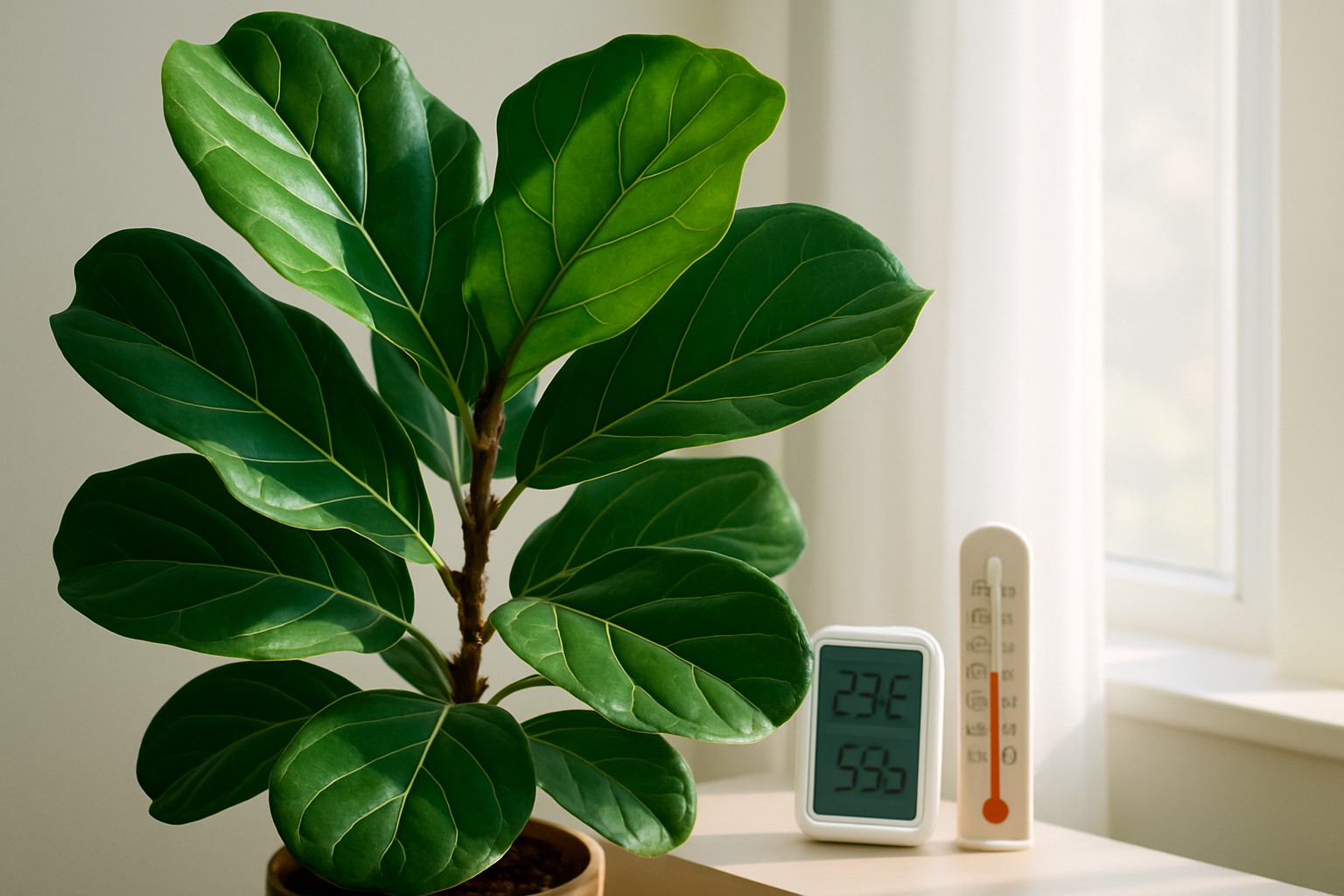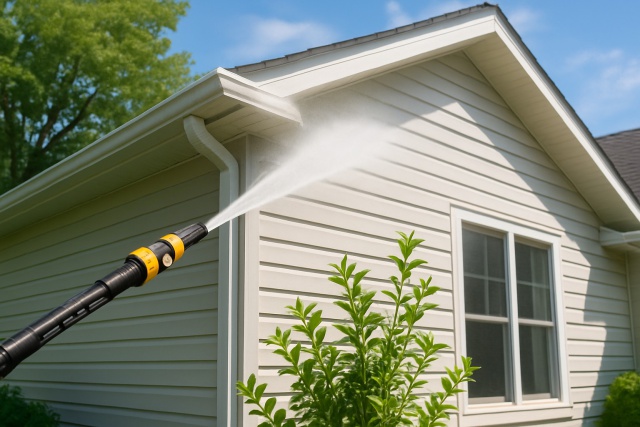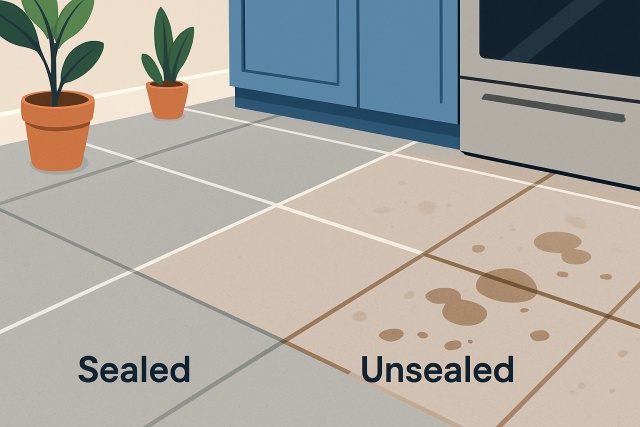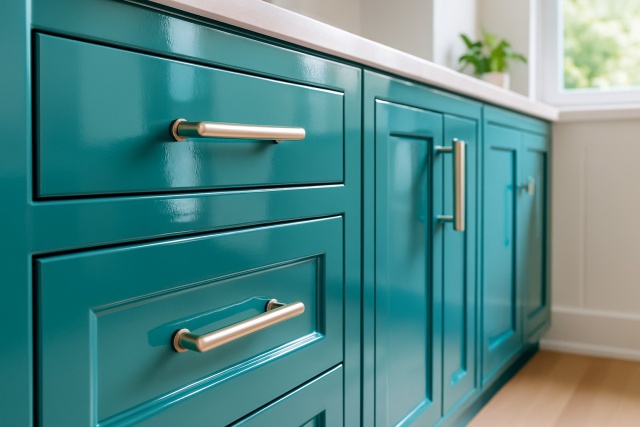Finding the Right Temperature for Fiddle Leaf Fig Care

This article dives into how temperature impacts fiddle leaf fig health and offers practical tips for creating the perfect cozy spot.
- Discover the ideal temperature sweet spot for fiddle leaf figs and why keeping things steady can save your plant from stress and leaf troubles.
- Learn to recognize temperature stress signs like browning edges, droopy leaves or leaves dropping unexpectedly—little hints your fig is throwing a silent tantrum.
- Pick up handy tips on monitoring and tweaking your home’s environment so your fiddle leaf fig not only survives but thrives.
- Steer clear of common mistakes like placing your plant too close to heaters or in drafty spots where temperature swings can cause problems.
Fiddle leaf figs (Ficus lyrata) have really taken off as eye-catching indoor plants admired for their large glossy leaves and architectural vibe. These tropical natives brighten any living space and can elevate your home décor, though I will admit they can be finicky about their surroundings - especially when it comes to the ideal temperature for fiddle leaf fig plants. Temperature plays a big role in how well they grow and stay healthy and keep those iconic leaves looking their best.
Keeping the temperature within an ideal range is important for fiddle leaf fig care because stepping outside that comfort zone usually stresses the plant and slows its growth or causes those beautiful leaves to suffer.
Best Temperature Range for Fiddle Leaf Figs
Fiddle leaf figs typically thrive when the daytime temperature lounges somewhere between 65°F and 75°F, then takes a modest dip to around 55°F to 65°F after dark. The occasional seasonal nudge might mean tweaking things a bit.
| Season | Time of Day | Ideal Temperature Range (°F) | Ideal Temperature Range (°C) |
|---|---|---|---|
| Spring | Daytime | 65 to 75 | 18 to 24 |
| Spring | Nighttime | 55 to 65 | 13 to 18 |
| Summer | Daytime | 70 to 80 | 21 to 27 |
| Summer | Nighttime | 60 to 70 | 15 to 21 |
| Fall | Daytime | 65 to 75 | 18 to 24 |
| Fall | Nighttime | 55 to 65 | 13 to 18 |
| Winter | Daytime | 60 to 70 | 15 to 21 |
| Winter | Nighttime | 55 to 65 | 13 to 18 |
Just a friendly heads-up—these ranges are like comfort zones for most individuals, perfect for keeping things cozy without feeling like you’re melting or freezing. I’ve found that sticking close to these temps usually does the trick, rain or shine.
Temperature really gets under the skin of fiddle leaf figs by tweaking how they manage photosynthesis, respiration and water movement down to their cells. When it dips too low, their metabolism tends to hit the brakes and slow down. Conversely, cranking up the heat can ramp up water loss through transpiration which often leads to those poor cells getting dehydrated and ultimately stressed out.
Signs Your Fiddle Leaf Fig Might Be Throwing a Fit Over Temperature Stress
- Leaf edges turning brown or getting crispy, usually starting around the outer margins—it’s like the plant’s way of saying it’s a bit thirsty or stressed
- Leaves dropping off out of the blue which can be a real head-scratcher at first
- Foliage that looks wilted or just plain droopy as if the plant’s had a long day and needs a break
- Growth that feels stunted or leaves emerging slower than usual making you wonder if something’s holding it back
- Discoloration such as yellowing or those pesky patchy spots popping up on leaves hinting that not all is well beneath the surface
Extreme temperatures tend to throw plants for a loop and trigger various stress responses. Cold weather usually wreaks havoc on cells and makes leaves fall off. Heat stress often leads to dehydration and that pesky leaf scorch we all dread. Interestingly, these symptoms can mimic issues caused by watering mishaps or pesky critters which can make things tricky. Temperature stress often shows up shortly after a sudden shift in weather.
How to Keep the Temperature for Fiddle Leaf Fig Just Right
If you really want to keep a close eye on the temperature near your fiddle leaf fig, using digital thermometers or smart environmental sensors placed right by the plant is the way to go.
- Place sensors right at the height of the plants to snag the most meaningful readings—the closer the better
- Keep an eye on temperature readings multiple times a day especially when Mother Nature throws a tantrum with extreme weather
- Track temperature data over several weeks because it’s like detective work to catch harmful trends or patterns before they become a bigger headache
- Use smart monitors that don’t just stop at temperature but also track humidity and light to give you a complete and can’t-miss snapshot of your plant’s overall health
Keep indoor temperatures steady by using your HVAC system thoughtfully and adding extra insulation around drafty windows. Place your fiddle leaf fig in rooms where the temperature stays stable.
How to Make Your Home Just Right for Your Fiddle Leaf Fig's Temperature Needs
When the temperature takes a sharp nosedive in winter or climbs during those relentless summer heatwaves, giving your fiddle leaf fig's environment a little thoughtful tweak can really ease its stress.
- Keep your plants away from drafty windows or doors when the cold months roll in because nobody likes a chilly surprise especially your leafy friends
- If you need a little extra warmth use space heaters or heated plant mats sparingly since too much can backfire
- Running a humidifier can save the day by counteracting the dry indoor air caused by heating systems
- During those relentless hot spells provide some shade or give your plants a break from the harsh afternoon sun
- At night drape a lightweight cloth over your plants to protect them from sudden cold snaps
Keeping the temperature steady along with ensuring good air movement and a handle on humidity really helps create a balanced environment for your fig. A little airflow goes a long way to prevent things from getting stuffy, though you’ll want to avoid bombarding your fig with constant drafts—that’s just asking for trouble.
Frequent Temperature Blunders When Caring for Fiddle Leaf Figs
A few common slip-ups I’ve noticed are placing fiddle leaf figs too close to heat sources like radiators. People also miss those sneaky chilly drafts near windows and forget about sudden temperature swings altogether.
"Keeping the temperature steady usually flies under the radar, but it’s absolutely vital if you want your fiddle leaf fig to truly flourish. Even tiny fluctuations can wipe out months of tender loving care, so the key is to keep things as consistent as possible—trust me, your plant will thank you for it." – Dr. Elena Greenwall, Botanical Expert
Other Environmental Factors That Can Throw Temperature for a Loop
Temperature teams up with light humidity, watering, and airflow to keep plants ticking.
- Giving your plants enough light is key to keeping photosynthesis humming along smoothly since it relies on temperature to work
- Sticking to a steady watering schedule can save your plants a lot of stress especially when temperature swings threaten to throw them off balance
- Keeping humidity just right helps your plants hold onto water better which is a lifesaver when indoor air starts to heat up
- Making sure there’s good airflow around your plants cuts down on fungal issues and helps keep the temperature around their leaves in check
These factors create a little microclimate that’s just right for fiddle leaf figs, helping them shrug off temperature swings a bit more gracefully.
How to Care for Your Fiddle Leaf Fig’s Temperature Through the Seasons (Without Losing Your Mind)
Fiddle leaf figs usually prefer a bit of seasonal moodiness in temperature. That means you’ll want to switch their spot, tweak your watering routine and adjust how you shield them to keep these leafy divas thriving no matter the time of year.
In spring gradually ease the plant into warmer temperatures and brighter light to kickstart its growth. Think of it as giving your green friend a gentle wake-up call.
Come summer keep a close watch for heat stress. If the sun gets too intense offer some shade or a little extra water because plants can be surprisingly thirsty.
As fall rolls in prepare your plant for cooler nights by steering clear of drafts and dialing back the watering a notch. It is like tucking it in for a cozy sleep.
All winter long protect it from chilly drafts, maintain steady indoor humidity and resist the urge to plop the plant right next to heaters since plants like consistent warmth without hot flashes.

How to Troubleshoot Temperature Issues with Your Fiddle Leaf Fig (Because Nobody Likes a Grumpy Plant)
Diagnosing temperature for fiddle leaf fig issues really calls for a careful look at the symptoms alongside environmental data—it's like piecing together a puzzle.
- Keep a close eye on temperature shifts around your plant's favorite hangout during the hustle of daytime and the calm of night
- Pay special attention to timing and patterns because it is the best way to figure out if temperature stress is the real culprit or if something else is going on
- Try making small tweaks to heating or cooling or move the plant around a bit. Then watch closely how it takes the change
- Jot down every adjustment and how your leafy friend reacts. Trust me this record will become your secret weapon in mastering plant care





